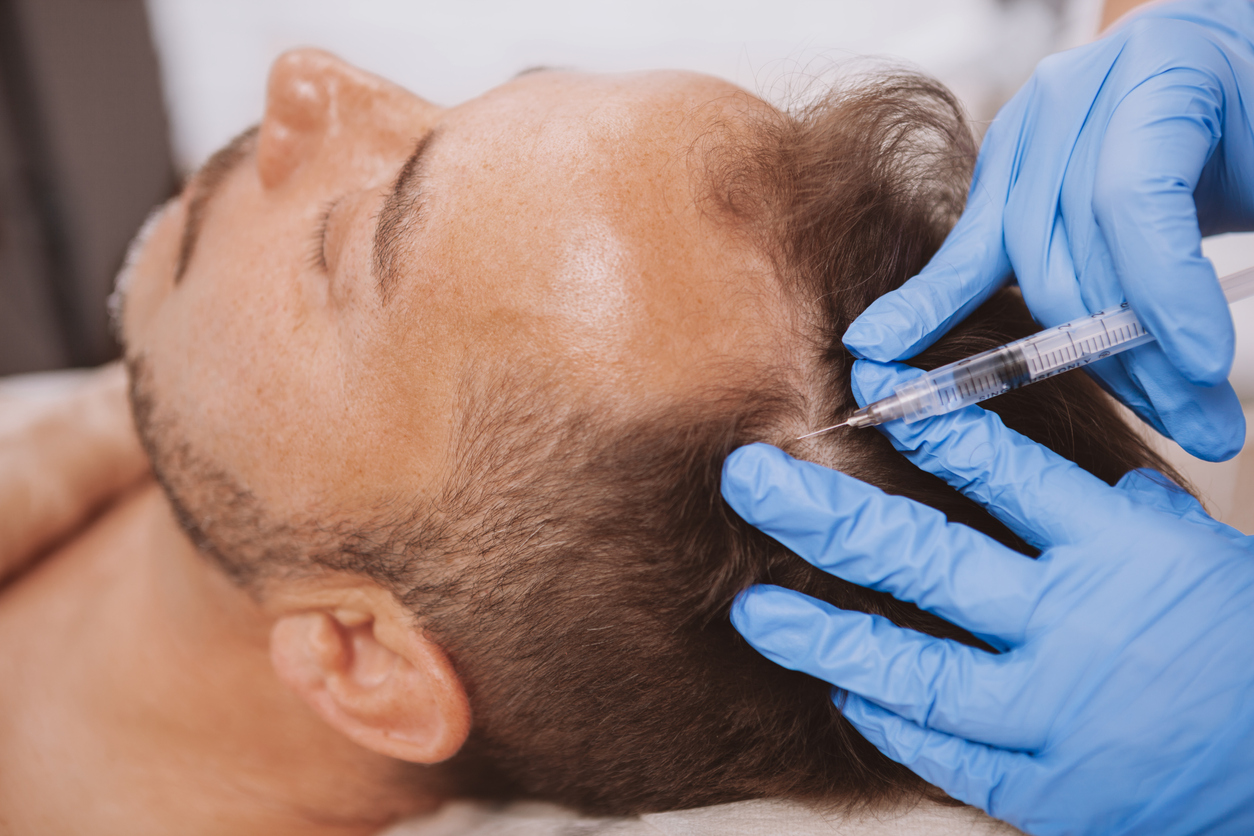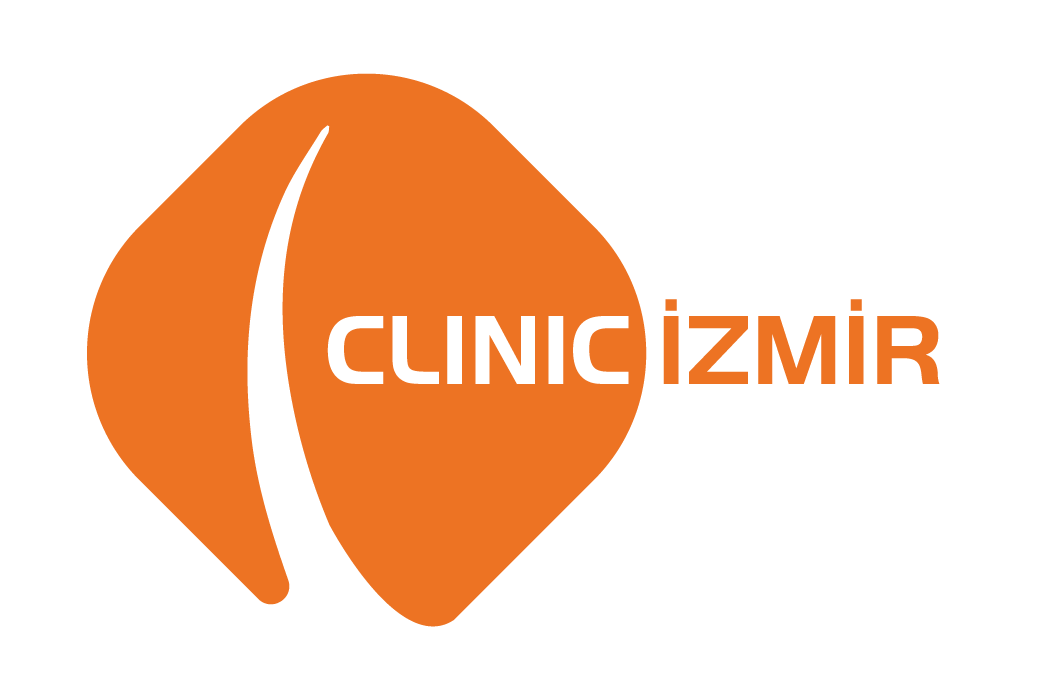- +90 (501) 080 66 94
- info@clinicizmir.com
- Mimar Sinan, 1420. Sk. Sağlıker Sitesi No:98 D:43 Konak/İzmir

Platelet Rich Plasma (P.R.P.) is the patient’s own serum. PRP, which stands for Platelet Rich Plasma, is the plasma obtained after centrifuging and separating the patient’s blood. In this plasma, there are mediators called mediators, in addition to platelets that are effective in wound healing.
Our body is full of miracles that are hard to believe but happen every day. When we hit or bump a part of our body, that area swells. This is called edema. This edema is the serum that rises into the tissue, in other words, Platelet Rich Plasma. The serum that rises into the tissue at that moment helps the healing of that area with nourishing substances, prevents bleeding with platelets, and sends signals to the brain through mediators, informing it of the injury. The nervous system confirms this with pain, and the brain starts the treatment by creating blood vessels in that area.
What we obtain through centrifugation, PRP, is actually the serum sent into the tissue by the body in every injury. When PRP obtained through centrifugation is injected into the area where we want the body to heal, the body will notice it as something extra. The healing cells in Platelet Rich Plasma will both nourish and support that area in the acute phase, the first 72 hours, and ensure that blood vessels and healing cells come there in the following process.
Does Platelet Rich Plasma promote hair growth?
Hair grows from tiny pits called follicles. A hair strand grows from a follicle, extends, then falls out, and a new hair grows underneath. The normal daily hair loss is 150-200 strands. These follicles, commonly referred to as “hair roots” by the public, do not fall out with the hair. Usually, it is thought that these follicles are also lost in hair loss, but they continue to stay there; they just don’t function as they should.
The problem with hair loss is that new hairs do not grow in the place of the ones that fall out. In such a case, follicles usually go into a dormant state in the early stages. This can be predicted by the doctor through the examination of the patient, evaluation of the patient’s medical history, family history, and physical examination. However, a definitive diagnosis is not possible. Treatment is administered to the patient. If the hair starts to grow after 1-2 sessions, it means that the follicles had gone into dormancy. The decision for treatment depends on the doctor’s experience in the field.
If a person has not experienced a disease like alopecia areata or has no tissue loss such as burns in the scalp, follicles do not disappear. Even after hair loss has occurred, follicles do not die for a very long time unless too much time has passed. But if a long time has passed, if there is a wide area of baldness on the scalp, or if there has been an empty area since childhood, follicles may have died or never existed in those areas. In such cases, PRP may not be effective. The person to decide this would be the doctor who will perform the procedure.
